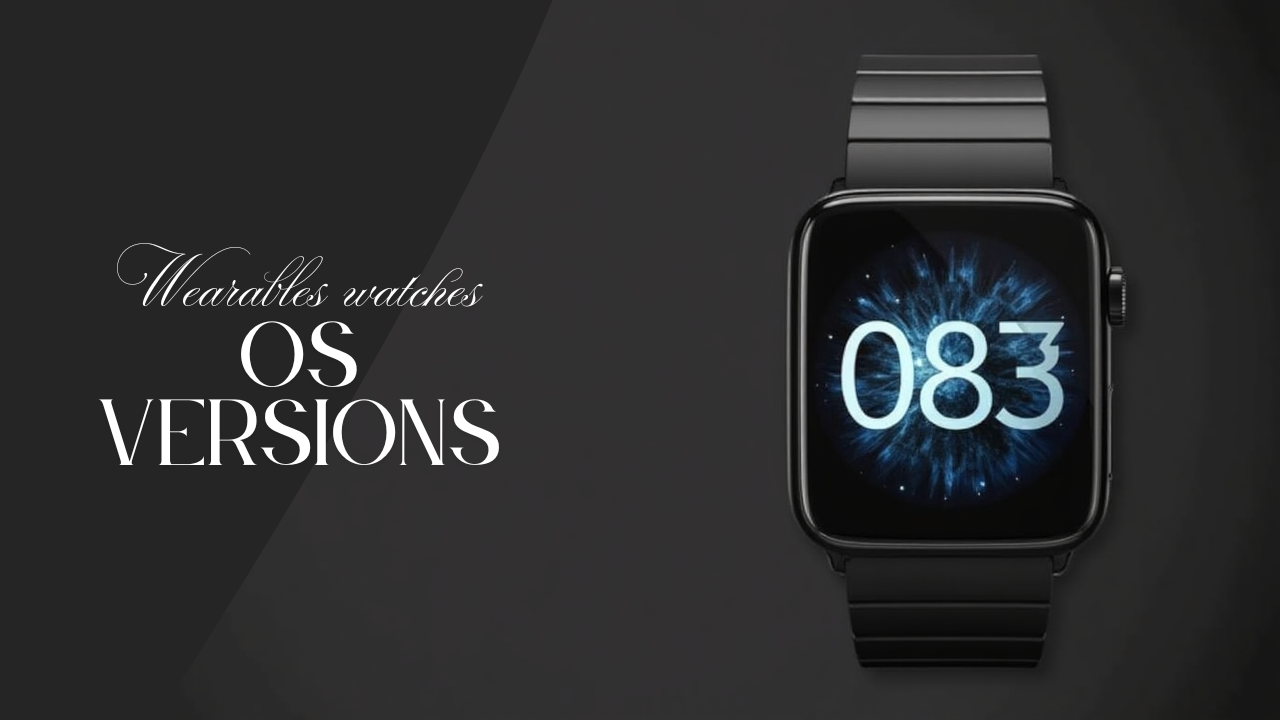The world of wearables is no longer just about counting steps or checking messages. As smartwatches continue to evolve into essential daily companions, users now demand more performance, customization, and intelligence. With each OS update, expectations grow sharper, and manufacturers must meet the rising bar of innovation, utility, and seamless user experience.
Here’s a deep dive into what today’s smartwatch users truly want from the next generation of operating systems—and how the industry is already responding.
Contents
1. Smarter Fitness and Health Insights
Fitness tracking is still a core reason people buy smartwatches, but users are now looking for smarter, context-aware coaching, not just raw data. Instead of simply logging workouts, modern wearers want features that:
- Analyze trends over time and offer actionable advice
- Adjust recommendations based on sleep, stress, and recovery
- Integrate third-party health data (nutrition, mental health apps, etc.)
AI-driven fitness assistants are a rising trend.
Recent News: According to Apfelpatient, Germany’s leading Apple news source, watchOS 26 introduces a brand-new system architecture for current Apple Watch models. Starting this fall, the Apple Watch Series 9, Series 10, and Apple Watch Ultra 2 will transition from the legacy arm64_32 architecture to a full 64-bit arm64 structure. This change brings noticeable performance improvements, expanded memory access, and better support for future apps and AI features. The update also introduces a sleek “Liquid Glass” interface, an AI-powered “Workout Buddy” coach, and intuitive gesture controls like wrist flicks to mute calls. Developers must use dual binaries, though Xcode automates the process.
These updates aren’t just technical improvements—they address the growing demand for responsive, personalized fitness coaching right on the wrist.
2. Longer Battery Life Without Sacrificing Power
While display quality, sensors, and app performance continue to improve, battery life remains a pain point for many users. With more advanced features come greater power demands, but no one wants to charge their watch every day.
Smartwatch users increasingly want OS-level solutions, such as:
- Adaptive battery modes based on usage patterns
- Sleep-aware background app control
- Quick toggles for essential-only features during travel or workouts
Some brands are even exploring solar-assisted charging or ultra-low power screen tech to extend battery life intelligently.
3. Refined Design and User Interface
Smartwatches have become fashion statements. That’s why users expect the interface to feel just as sleek as the hardware looks. A cluttered UI or laggy transitions ruin the premium feel, even on high-end models.
Upcoming OS versions need to focus on:
- More intuitive navigation (especially for small screens)
- Smooth, high-frame-rate animations
- Customizable layouts for both analog and digital watch faces
This evolution is especially relevant for luxurious wearables devices, where high price points must be matched by elegant performance and aesthetics. A stunning sapphire display and titanium frame are meaningless if the OS feels outdated or visually clunky.
4. Better App Ecosystems
Users no longer treat smartwatches as accessory-only devices—they expect apps that add genuine utility. However, many complain about:
- A lack of quality apps on their watch OS
- Poor syncing between phone and watch apps
- Slow loading or restricted offline functionality
To address this, smartwatch operating systems must:
- Offer native app performance for top-tier apps (e.g., messaging, calendar, finance)
- Provide developers with richer SDKs to explore new use cases
- Support cloud-sync and smart background refreshes
watchOS 26’s new architecture is a positive sign—enabling next-gen apps to take advantage of increased memory access and faster processing.
5. More Seamless Integrations with Other Devices
Smartwatch users expect their devices to fit naturally into an ecosystem. That means seamless:
- Smart home controls (lights, locks, thermostats)
- Car integrations for navigation and calls
- Continuity features with tablets, laptops, and TVs
An upcoming OS should offer fluid handoffs, universal clipboard, and automated routines across devices to match user behavior.
For Apple users, improvements in watchOS, iOS, and macOS working in harmony (especially with smart display-like features) show the future is interconnected, not isolated.
6. Improved Voice and Gesture Commands
The next-gen smartwatch OS must take hands-free control to the next level. Whether driving, cooking, or working out, users want to:
- Use natural language to send messages or set reminders
- Control features with subtle wrist gestures
- Rely on AI to interpret context correctly
With updates like “Wrist Flick” for silencing calls or “Raise and Hold” for voice activation, OS designers are finally bridging the gap between wearable and invisible tech.
Conclusion
Smartwatch users are no longer content with small, incremental updates. They’re expecting smarter, more aware, and highly adaptive OS platforms that truly enhance daily life—whether it’s during a run, a meeting, or winding down at night.
While brands like Apple are leading the charge with performance upgrades, gesture-based control, and AI-driven features, the smartwatch OS race is only just beginning. For users, every update isn’t just about new features—it’s a promise of what’s next in wearable innovation.


